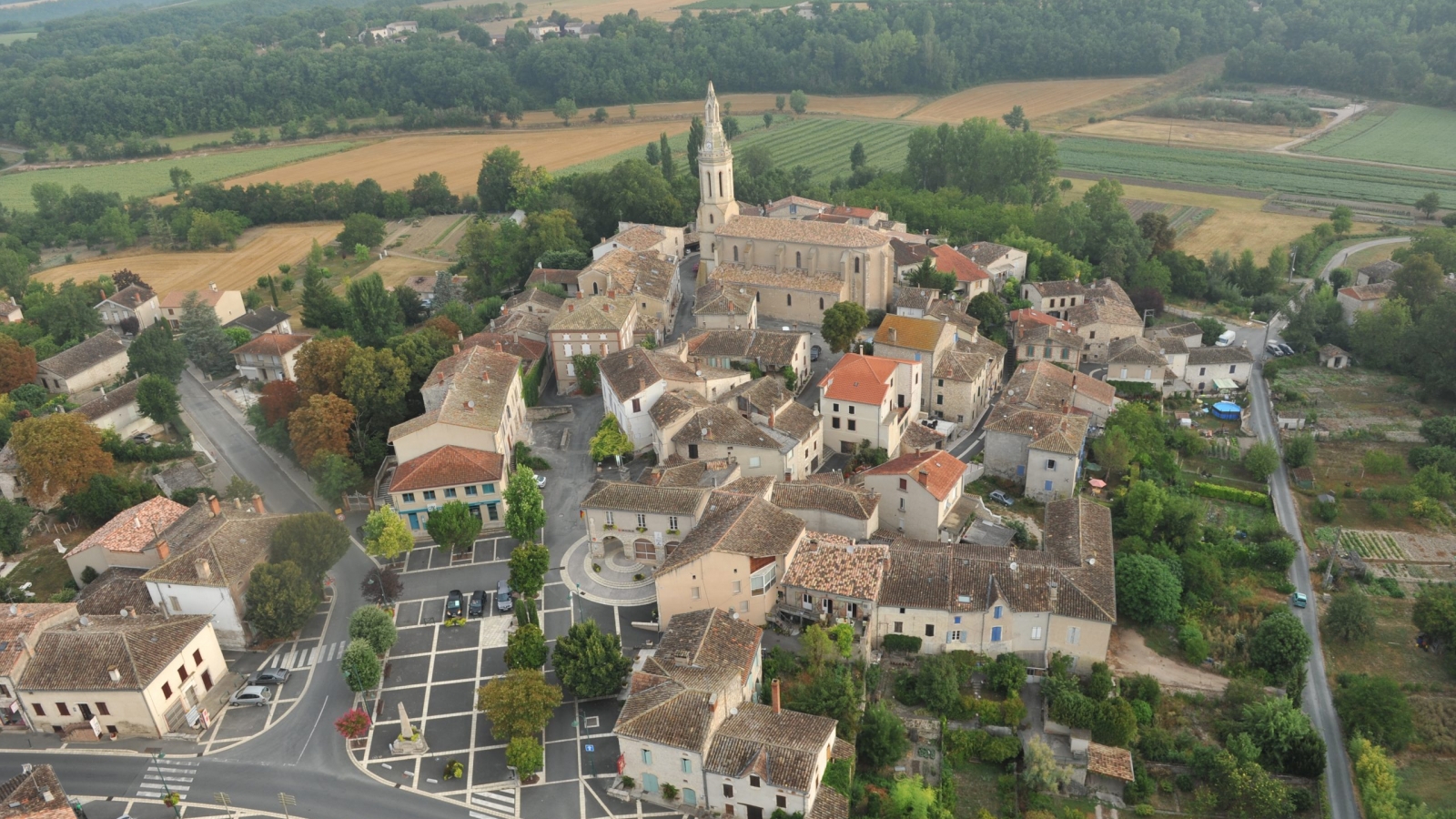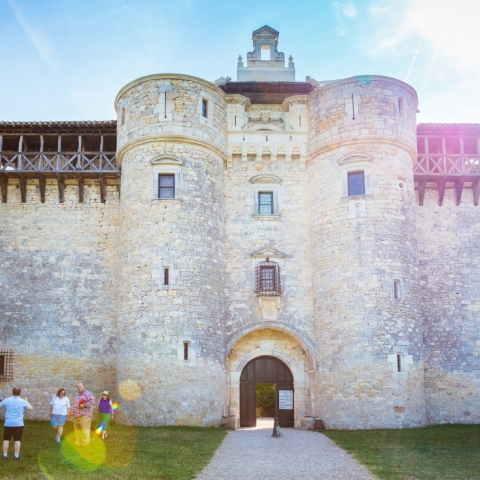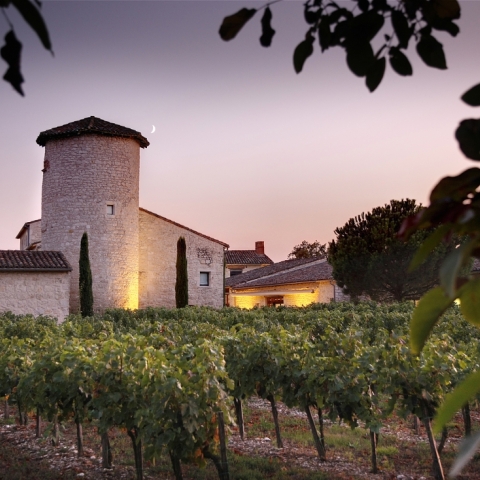
Cahuzac-sur-Vère
Cahuzac-sur-Vere nestles in the heart of the lovely Vère Valley. The surrounding vineyards and slopes frame a number of small villages and adorable pigeon lofts, which are all the more impressive thanks to their tasteful restoration work.
Cahuzac-sur-Vère, at the heart of the vineyards
Perfectly situated between Gaillac and Cordes-sur-ciel, the commune of Cahuzac-sur-Vere is home to a number of winemakers whose vineyards are dotted around the rolling countryside, bathed in soft and ever-changing light.
The best way to uncover Cahuzac’s charm is to meander through the vineyards on foot, on bike or in a car. But if you really want to get under the skin of the region, a visit to the producers thremselves is the way to go. You’ll always find a warm welcome, especially if you make a point of attending an ‘apéro concert’. Set right in the heart of the vineyards, these evenings offer friendship, wine-tasting and music, all of which guarantee a highly enjoyable evening.

An eventful ancient history
Cahuzac-sur-Vere has a long history. The area has been inhabited since prehistoric times, as evidenced by the dolmen (a megalithic tomb) on the banks of the Istricou stream. What’s left of the old house at Granejouls bears witness to the Gallo-Roman influence on this wine-growing area. Vineyards have been cultivated and wine has been produced here since that time. Even the name Cahuzac itself is of Roman origin.
If the start of the Middle Ages was marked by the spiritual devotions of pilgrimages to Vieux and towards Santiago de Compostela, the 12th century witnessed the rise of the Cathar religion. Because Cahuzac was loyal to the Counts of Toulouse and their Cathar knights, Simon de Montfort laid siege to the village in 1212 and took it in the name of the Pope.
The 100 Years War also took its toll on Cahuzac, especially when it was pillaged by groups of unemployed mercenaries. The Religious Wars also weighed on the village as Cahuzac passed between the hands of Protestants and Catholics. The nobles of Mauriac, who had converted to Protestantism, and the lords of Salettes, who had stayed Catholic, fought over Cahuzac to the bitter end.
Many of the village’s buildings were destroyed, in particular the Cahuzac chateau. Only the entrance that stands opposite the town hall still exists today.
The church of Saint-Thomas
The church of Saint-Thomas you see today is the product of a number of evolutions. The original chapel was modest and unassuming, made out of wood, brick and mud, and dates back to the eighth century. A second chapel was built in the 11th century and was linked to the chateau under the patronage of Saint-Pierre. It was restored, repaired and overhauled numerous times throughout the 14th and 15th centuries, as well as after the French Religious Wars.
Situated just outside the village, the church at Lintin is well worth a visit for its chancel painting, its vaults, its friezes of the bishops of Albi and of popes, as well as for the works of 20th century fresco painter Nicholas Greschny.

Best of Enemies
Standing less than a kilometre apart, the château de Mauriac and the château de Salettes look like they’re squaring up to each other – an act of provocation if ever there was one! It’s Protestants and Catholics leaving a small trace of their past conflicts in the local countryside. The château de Mauriac is now an unmissable tourist attraction and the château de Salettes has been transformed into a magnificent hotel and restaurant in amongst the vineyards.
Château de SalettesThe Granejouls hamlet
Not far from Cahuzac, the ruins of a large Roman villa and farm with some remarkable mosaics were discovered in the hamlet of Granejouls. The name Granejouls is a reference to the Gallic god ‘Grannus’. The Romans seemed to like their wine and knew how to work the vineyards! At the top of the hill there’s a church dedicated to Saint Jean-Baptiste that’s typical of rural religious buildings dating from before the 10th century.
Tourist Trails
From the ‘Trail of the Bastides’ to the ‘Pathway to Vineyards and Chateaus’… Whether you’re travelling by car, on foot, on a mountain bike, a horse or a motorbike, you’ll always be able to find something different to help you enjoy the region. It could be a road trip round the vineyards, an exciting ramble, or a leisurely stroll. Whatever you choose to do, it will definitely help you have a fantastic holiday.
The Tourist Office at Cahuzac-sur-Vere
Cahuzac-sur-Vère has a seasonal Tourist Information Office to help you enjoy the very best holiday. Whether you’re looking for accommodation, something to do, an idea for a day out or a ramble, come and meet our holiday advisors and ask for a map of our historical town.











